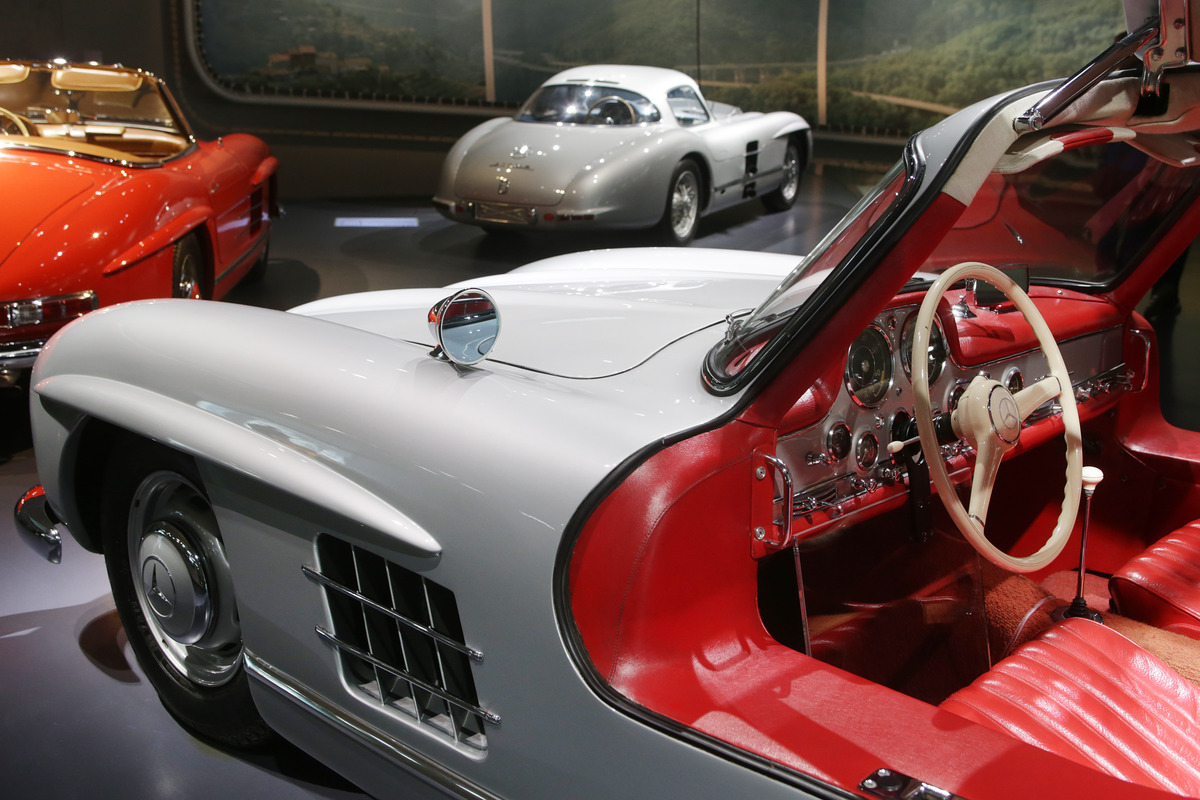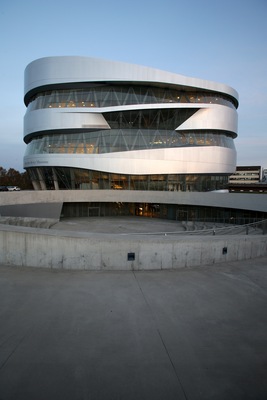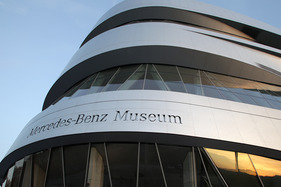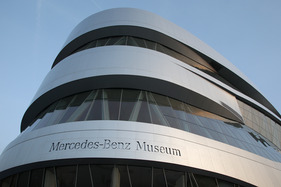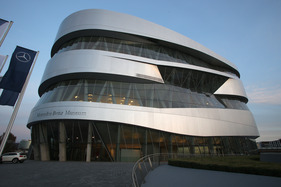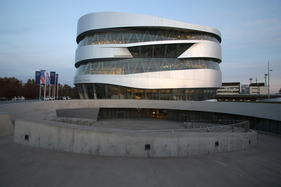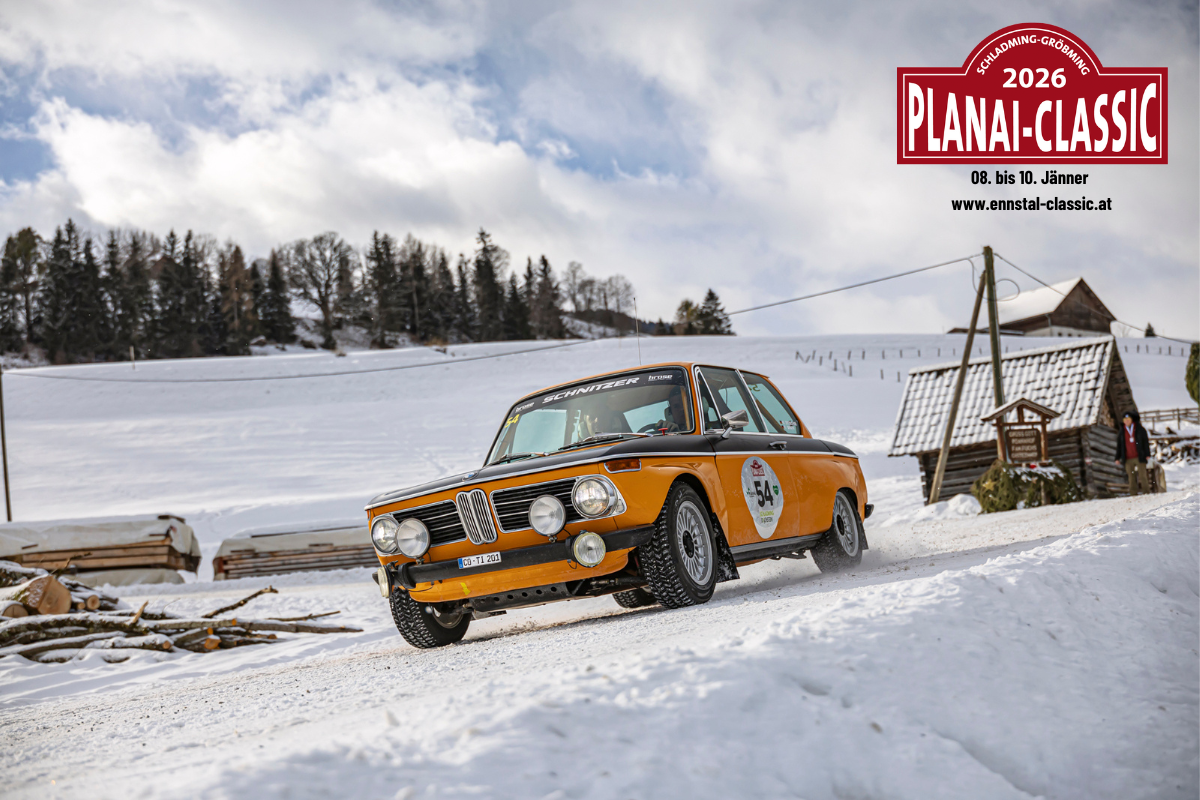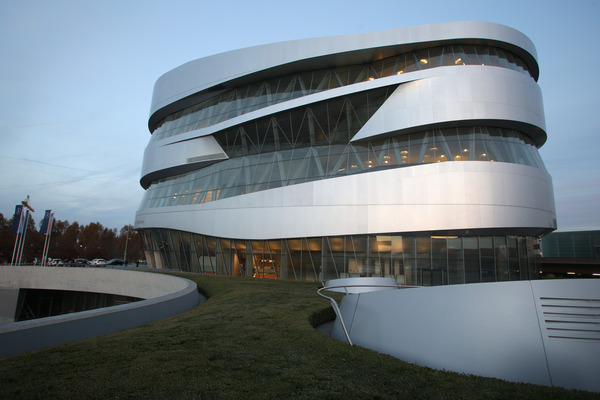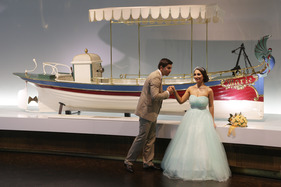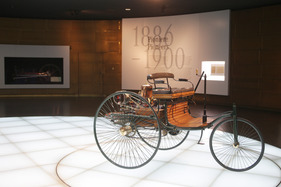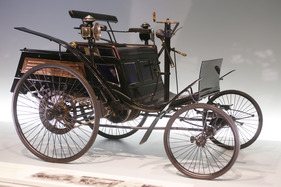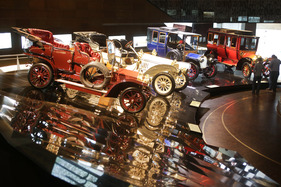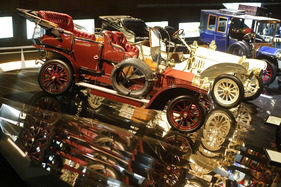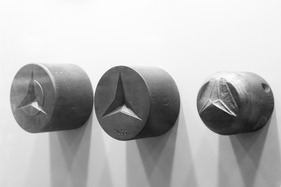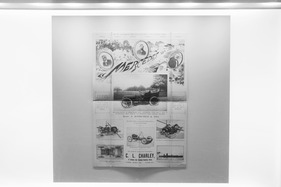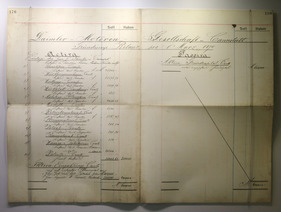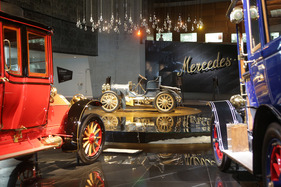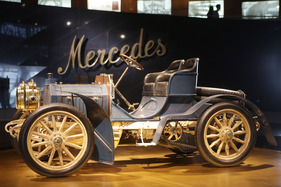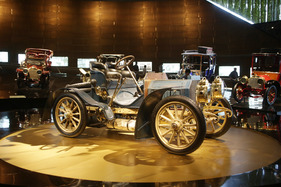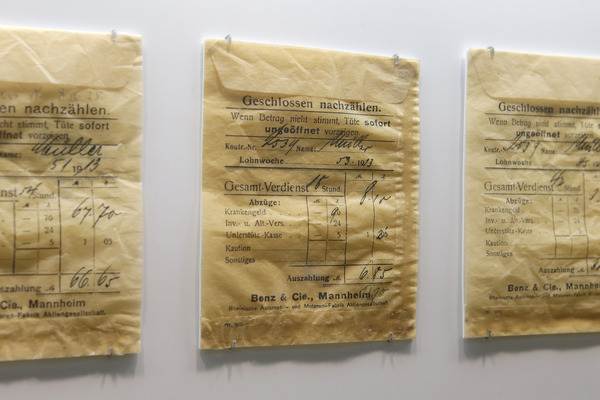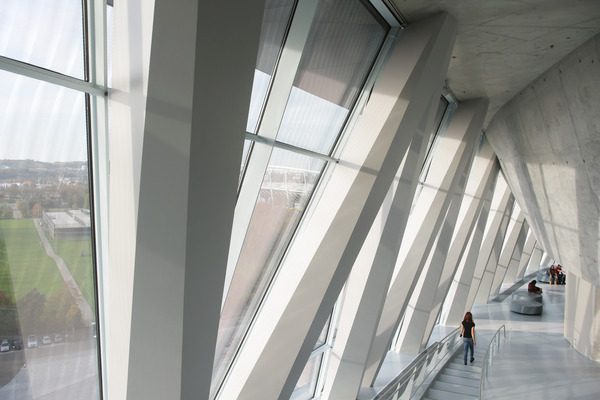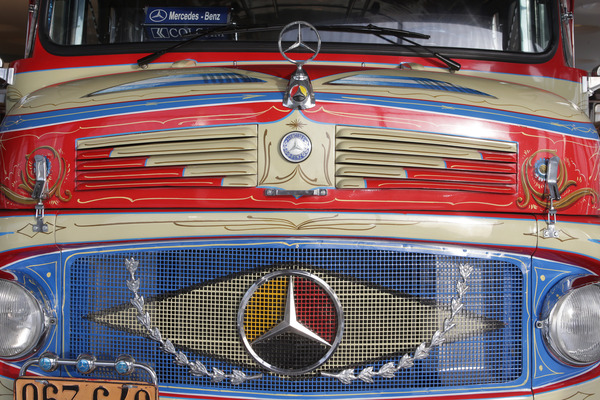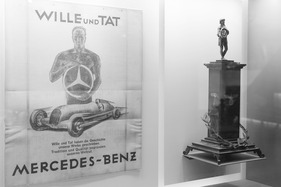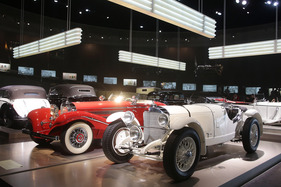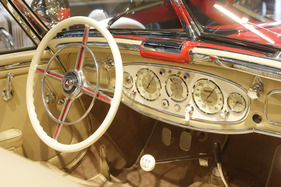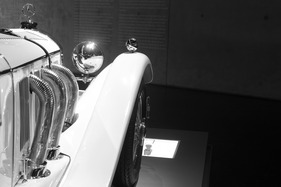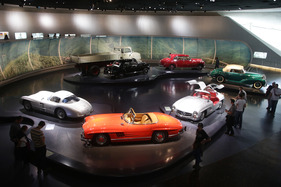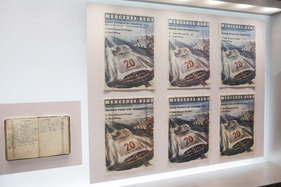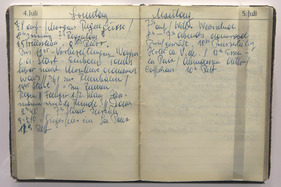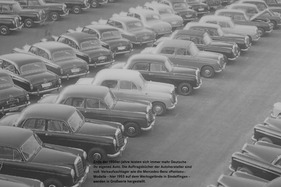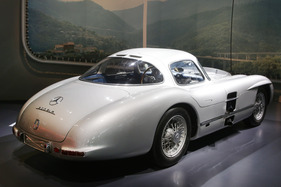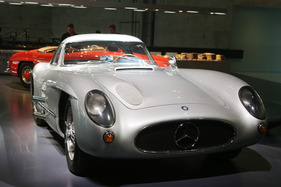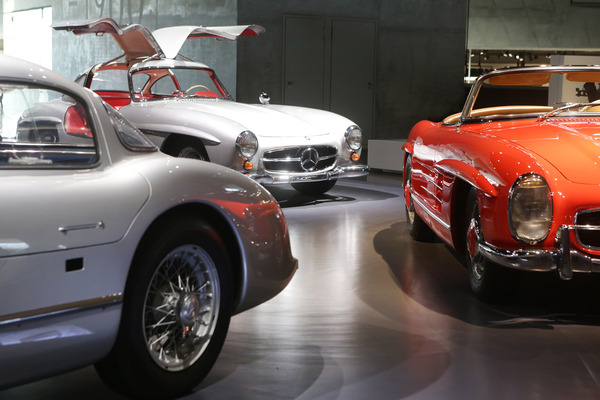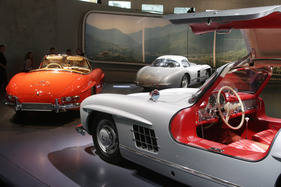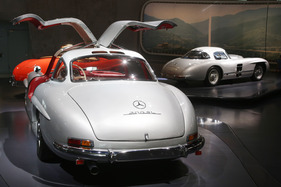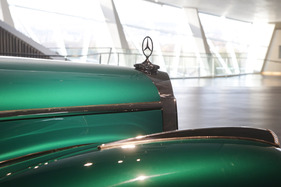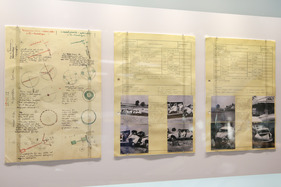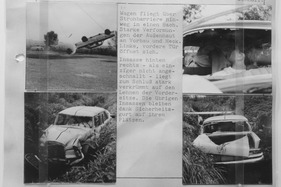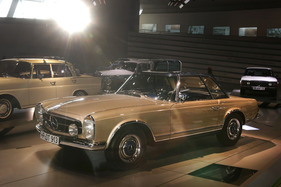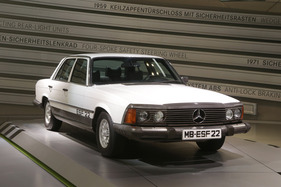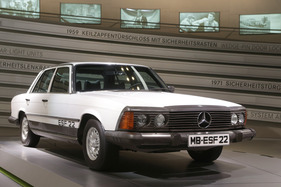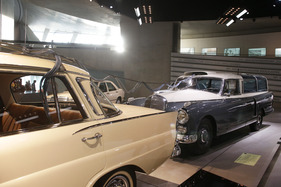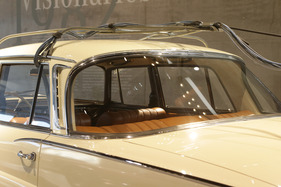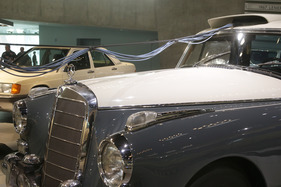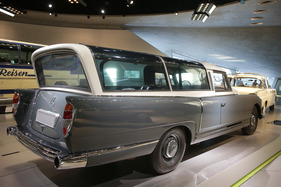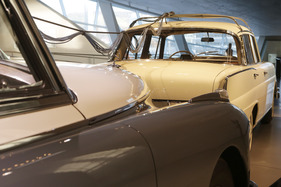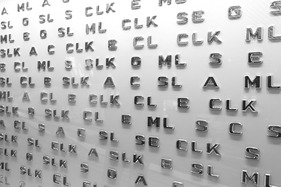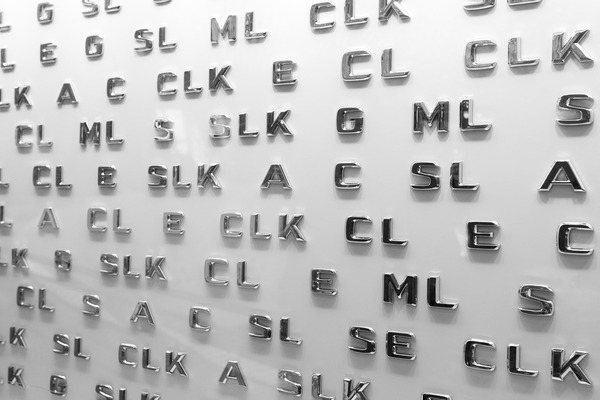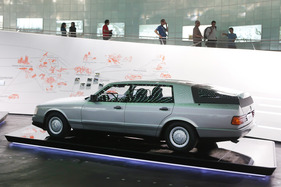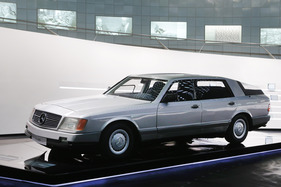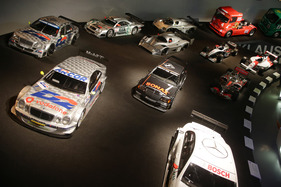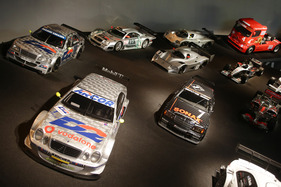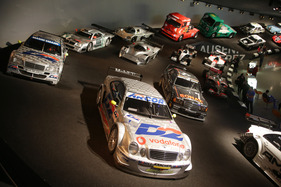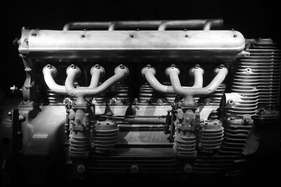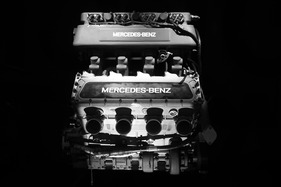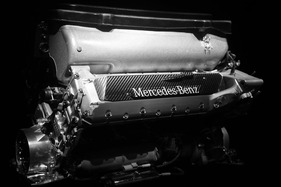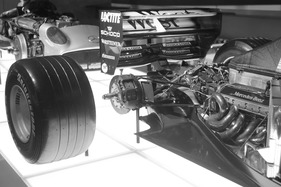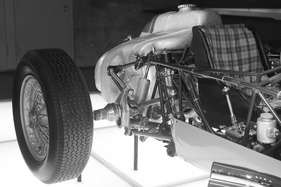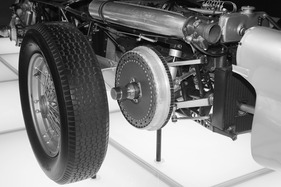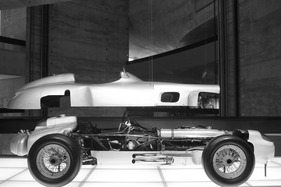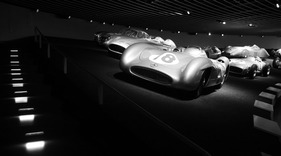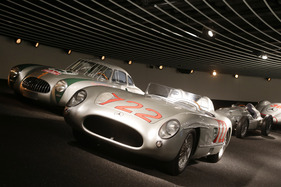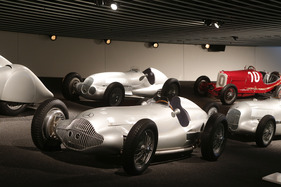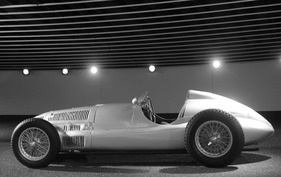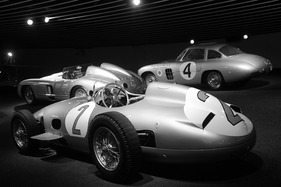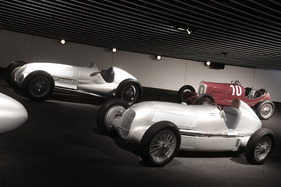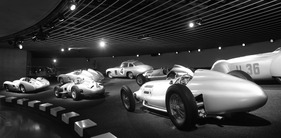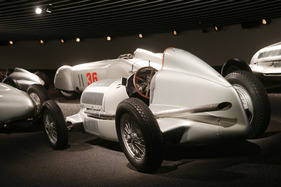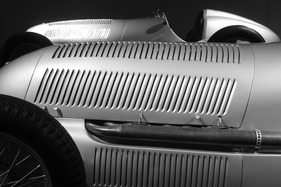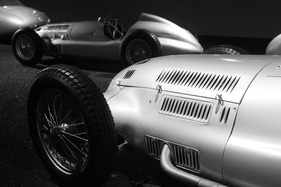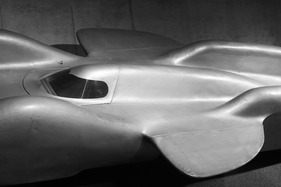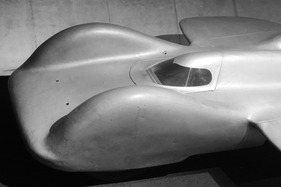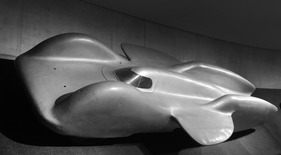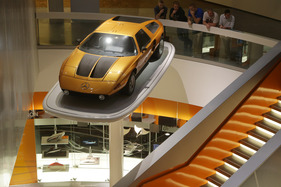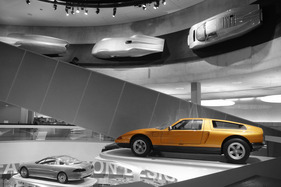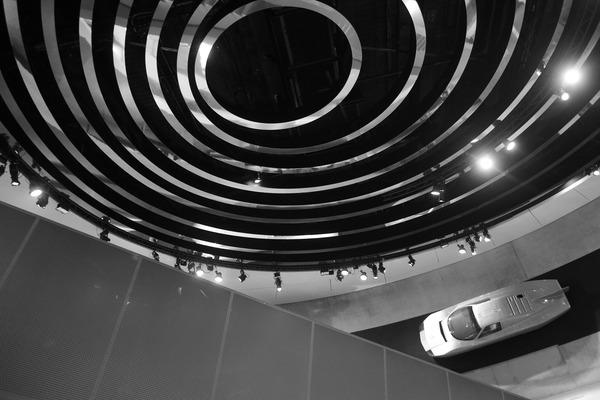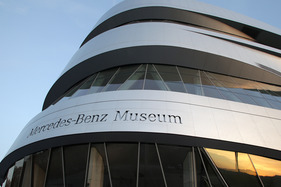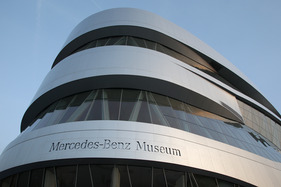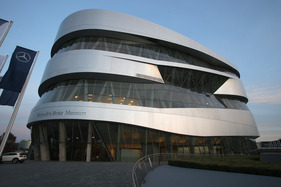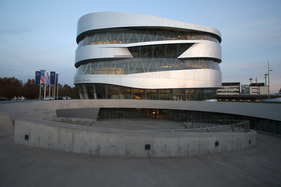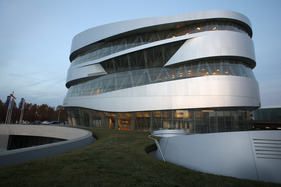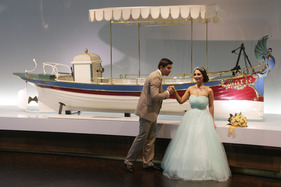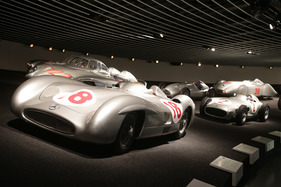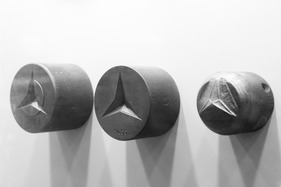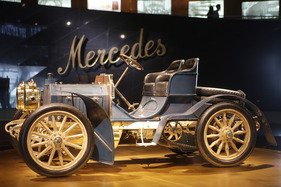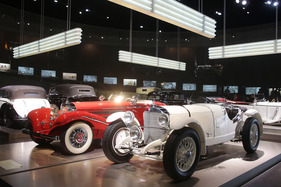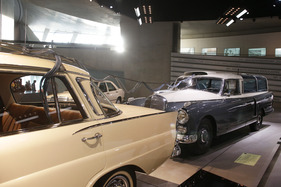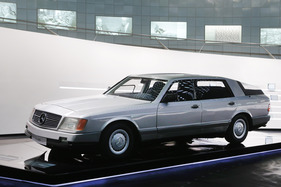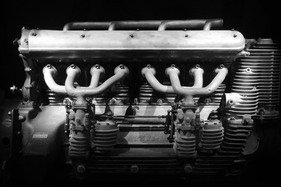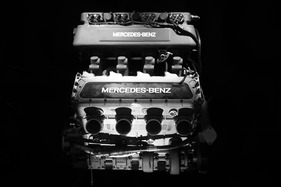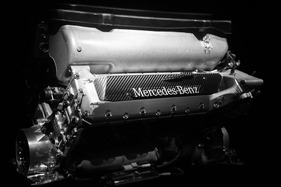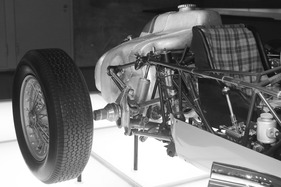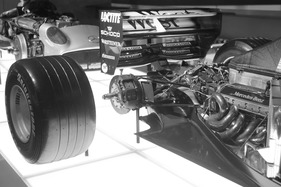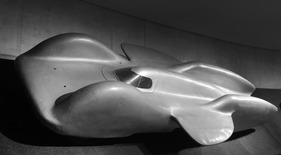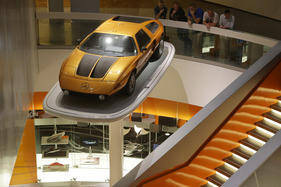The time of cold, unfriendly winter days is here again. A tip for all those who only want to stand at the ski lift when the sun is shining and often don't know what to do with the bad weather weekends would be two days in Stuttgart. In addition to the shopping mile for the wife or girlfriend, there is also something for the husband.
You can visit the Meilenwerk in Böblingen, the Porsche Museum in Zuffenhausen and the Mercedes Museum in Stuttgart itself in peace and without stress.
The battle of the architectures
The architecture of the three automobile centers alone is absolutely worth seeing. In the author's opinion, the Porsche Museum is by far the best. The cars in the brightly lit building look like sculptures in an art gallery. Without direct, artificial light, the design language of the cars speaks for itself.
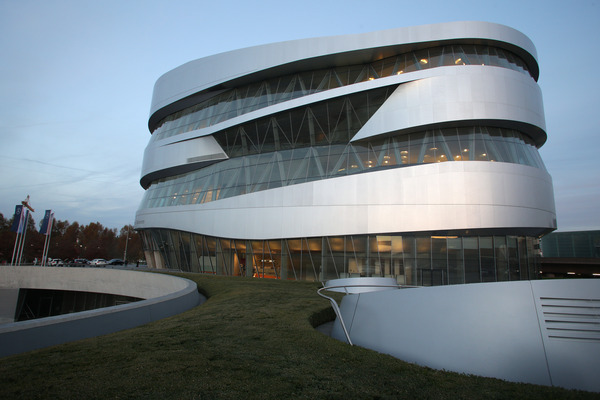
The Mercedes architecture was created by UNStudio van Berkel and Bos in Amsterdam. The interior of the building is modeled on a DNA spiral with its double helix, which carries the human genome. In practice, this manifests itself in the form of a huge building shell with a very large window area, but inside, most of the vehicles are in the darkness of the artificial night.
For the car enthusiast, these are of course not ideal lighting conditions, resulting in an extremely high contrast range.
From top to bottom
While at Porsche you move from the bottom to the top, at Mercedes you are invited to travel back in time in the elevator. At a height of 34 meters, the journey through time begins in 1886 and leads through nine levels over 127 years of automotive history. On 16,500 square meters, 160 vehicles and a total of more than 1,500 exhibits are on display.
In the aisles, showcases display the history of the 20th century, but unfortunately there is rarely a connection to your own car. Instead, you can see pay packets or a handwritten notebook by Alfred Neubauer.
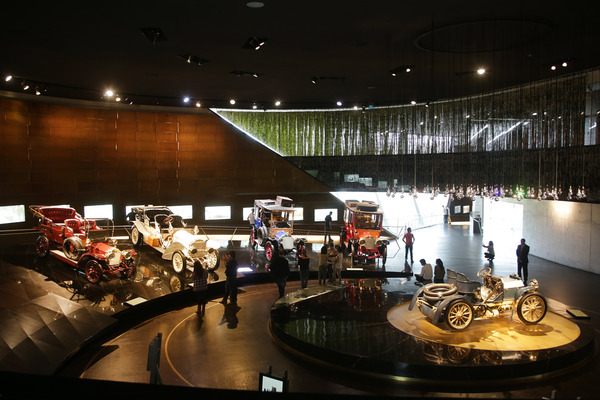
Various groups of vehicles are then displayed on the different levels in, as already mentioned, dark bunks. Although many exhibits are on display, various milestones of the Group are missing. No 190 SL, no 170 V, no Ponton, no 600, no 150 Roadster rear engine, no tail fin, etc.! But perhaps this is an advantage, because for once you can take the time to admire lesser-known vehicles from the Mercedes-Benz gallery of ancestors ...
Silver Arrows as highlights
For once, sport is not neglected. All the Silver Arrows are lined up in a row and never cease to fascinate. Together with the 300 SL generation and the large supercharged cars of the pre-war period, they are and remain the absolute highlights of the Group.
The beginning of Mercedes racing
One of the first "gentlemen drivers" was the businessman Emil Jellinek, who lived in Vienna and Nice. Initially a customer of Daimler-Motoren-Gesellschaft (DMG), he sold their vehicles from 1898 onwards.
Jellinek wanted to prove the quality of the cars in automobile races. He urged DMG chief designer Wilhelm Maybach to build a new automobile with a particularly powerful engine, which was to bear the name of Jellinek's daughter Mercedes. After furious victories at the 1901 "Race Week of Nice", the name "Mercedes" was on everyone's lips.
From a girl's name to a trademark
At the beginning of the 20th century, Benz&Cie. and Daimler-Motoren-Gesellschaft (DMG) search for memorable trademarks. Benz&Cie. registered the company name in a stylized laurel wreath as a trademark in 1909.
In the same year, DMG applies for utility model protection for the three-pointed star (photo 14), the symbol of Daimler's efforts to achieve universal motorization "on land, at sea and in the air". The brand name "Mercedes" has been legally protected since 1902.
The "simple" Mercedes
The Mercedes Simplex 40 PS on display is the oldest Mercedes still in existence.
It is the direct successor to the Mercedes 35 PS designed by Wilhelm Maybach, which was the world's first modern automobile. The name suffix "Simplex" refers to the simple handling of the vehicle from the perspective of the time.
The powerful Mercedes
As a more powerful and shorter version of the Mercedes-Benz Type S, the SSK was specially developed for hill climbs. The short wheelbase of this "Super Sport Short" version guaranteed greater maneuverability in the tight serpentines.
The SSK established the brand's fame like hardly any other car, although only 35 of them were produced.
Technical data: 6 cylinders, 7065 cc, 170 hp (225 with compressor), 3300 rpm, 192 km/h, built from 1928-1932.
The Mercedes for the rich and famous
The Mercedes-Benz 500K is the vehicle of the rich and famous. Together with the prestigious "Grand Mercedes", it was an elegant sports car and a flagship of the brand in the 1930s. Of the eight body variants of the 500K, the special roadster is the most beautiful and elegant - and with a price of 28,000 Reichsmark (around 98,000 euros in today's money) the most expensive.
Technical data: 8 cylinders, 5018 cc, 100 hp (160 with supercharger), 3400 rpm, 160 km/h built from 1934-1939, production 342 units.
Special features and visions
The Mercedes 300 measuring car is a one-off from the testing department. It is equipped with the large and heavy measuring devices that record the measured values of the test vehicles during test drives.
Data is transmitted via a long cable that connects the sensors in the test vehicle with the instruments in the test vehicle. Today, all data can be retrieved wirelessly with relatively little effort.
Mercedes-Benz presents the Auto 2000 at the IAA in Frankfurt in 1981. The aim of the project is to significantly reduce fuel consumption without compromising on luxury. Three drive concepts were tested for the first time in this research vehicle: a V8 petrol engine with cylinder deactivation, a V6 turbodiesel and a gas turbine drive. The aerodynamically optimized body (cw=0.28) also helps to reduce fuel consumption. The car on display is the diesel with 150 hp and a top speed of 150 km/h with an impressive range of 860 km.
The Mercedes racing engines
Legendary engines are also on display. The supercharged in-line eight-cylinder M25 is the engine of the Mercedes-Benz W25 racing car, the first Silver Arrow. The M25 E is the last variant to be used in the middle of the 1936 season. Its displacement is increased to 4.7 liters and its output is up to 473 hp, depending on the supercharger, fuel and settings used.
Mario Illien's Indy Motor 500 I comes to victory honors in the Penske-Mercedes PC 234. This combination helped Al Unser Jr. to first place in the prestigious 500-mile race at Indianapolis in 1994.
Following a change in the regulations, this remains the only use of the high-performance engine, which was developed in just ten months. By designing it as a side-valve engine, Mercedes-Benz exploited a loophole in the regulations at the time.
Technical data: V8, 3429ccm, 1026 hp 10'500 rpm.
From 1995 to 2005, the McLaren-Mercedes F1 racing cars were powered by 3-liter V10 engines of type FO 110. In 2002 and 2003, the so-called M version was used. Kimi Raikkonen achieved his first GP victory with this engine in Malaysia in 2003 and was runner-up in the world championship in the same year, two points behind Michael Schumacher.
Technical data: V10, 2998cc, 870 hp 18'300 rpm.
You can see how much difference 45 years make in motorsport by comparing the rear suspension of the front-engined monoposto W196 from 1954 and the McLaren-Mercedes MP 4/14 from 1999.
The record-breaking car from Mercedes
The Mercedes-Benz T80 record-breaking vehicle would probably have made Hans Stuck the fastest man in the world had it not been for the Second World War. A Mercedes-Benz DB-603 aircraft engine with 3000 hp and a displacement of 44.5 liters was intended for the 2896 kg T80 built by Ferdinand Porsche.
The shape of the body was influenced by the aerodynamicist Baron von Fachsenfeld. To reduce wheel slip, the car had a special device that would have throttled the fuel supply to the engine if there was a difference in speed between the front and rear wheels. It was planned that this vehicle would reach speeds of up to 600 km/h on a straight stretch of highway between Dessau and Halle in 1940.
The plastic car from Mercedes
The C111 series consisted of prototypes and experimental vehicles built in the late 1960s and 1970s.
Mercedes experimented with new types of engines and plastic bodies. The C-111 platform was used as a test vehicle for use with Wankel, diesel and turbo engines. The sports car was also equipped with gullwing doors, folding headlights, a luxurious leather interior and air conditioning. Equipped with a diesel engine, this vehicle set various records on the Italian high-speed test track in Nardo.

The C111-lll was the successor to the orange car and, at 320 km/h, ensured even faster speeds in Nardo.
Visits to Mercedes and Porsche are a wonderful way to pass the time and travel back in time. And if you get a taste for it and want to buy a classic yourself, you have the opportunity to do so at the Meilenwerk in Böblingen at Wolfgang-Brumme-Allee 55.
